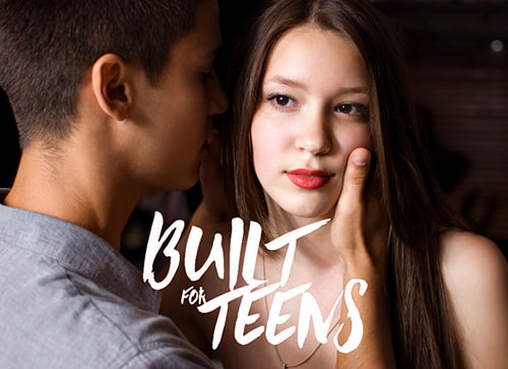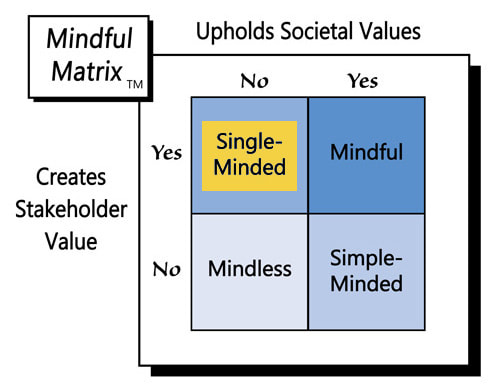If you’re not familiar with Tinder, that’s not a bad thing. It’s one of the seemingly hundreds of dating apps that have hit the market over the past few years, helping people find significant others. However, there are big differences between Tinder and some of the more traditional dating sites.
For instance, eHarmony users answer a lengthy set of probing questions, aimed at finding one’s true soulmate, which takes over an hour. The cost for one month is $49.95. A Tinder profile, on the other hand, is free at the basic level and takes only a few minutes to setup: “You simply download the app to your smart phone, link to your Facebook account, choose up to six photos of yourself, and write a brief bio. That’s it!”
The use of Tinder is equally easy, and as many would say, pretty superficial. Even though bios are available “it’s all about the photos.” Users review others’ pics, and if they see someone they like, they swipe right, while everyone unattractive gets swept left. If two people swipe right on each other, the app invites them to start chatting.
This quick and easy vetting reflects the way many users regard the people they meet through the platform, i.e., users turn to Tinder to find candidates for casual sex, i.e., one-night stands, i.e., “hook ups.”
Sexual intimacy without commitment tends to end badly for people of any age. It’s especially abhorrent to encourage lascivious behavior among adolescents, who are even less cognizant of the consequences of their actions. Some teen-targeting apps are doing just that, however. What’s more, there can be other consequences for these young people that are even worse than those of casual sex with their peers.
Probably the most popular friend/dating app for teens is Spotafriend, which describes itself as “the hottest teen swiping app for meeting new friends.” The company’s website goes on to claim that it is “not a teen dating app, it’s a new way to make friends.” However, that self-assessment is quickly questioned as Spotafriend’s own LinkedIn site says: “Meet teens near you with Spotafriend, the Tinder alternative for people ages 13-19.”
But, maybe Spotafriend’s comparison to Tinder is just puffery; or perhaps it’s only referencing the more demure uses of the adult app. It’s hard to make those interpretations, however, after reading one of the featured posts on Spotafriend’s blogsite titled “5 Major Hook-Up Ground Rules.” Here are a few excerpts from the article:
“Hookups in high school and college are exciting, and can be your first real meeting with the issues of love and sex, issues that most of us don’t really understand in our teenage years.”
“If you’re just kissing, or going all the way, make sure both participants are comfortable and willing to continue with the interaction.”
“Do Whatever Makes You Comfortable”
“Many acts that people consider “hooking up” carry the risk of infectious diseases being spread from person to person.”
Unfortunately, the possibility of reckless sex with someone the same age is not the only serious risk to teens using Spotafriend. Given that the app’s parameters are “for people age 13 to 19,” there’s built-in potential for 18 or 19-year-old men, legally adults, to interact with 13-year-old girls. What’s even worse is the ease with which even older adults can access the app and join the mix.
Lisa Schmidt, a 42-year-old dating coach and matchmaker, was curiously concerned about the rise of dating apps for teens, so she decided to check-out Spotafriend. In her guest blog post on Global Dating Insights, she recounts how easy it was for her to access the app and pose as a 15-year-old girl. It was even easier for her to change her birthday once inside.
As Schmidt’s experience suggests and leading child psychologist Michael Carr-Gregg confirms, apps like Spotafriend are “‘on-line playgrounds’ for paedophiles.” Carr-Gregg adds, “All it would take is a smooth-talking paedophile to send some silky little messages to these kids and away we go.” The fact that such apps are location-based and work seamlessly with messaging apps like Snapchat makes teens all-the-more vulnerable to predators.
It’s great when people use social media to build friendships. Spotafriend’s name and promotion, however, are misleading. The app’s real aim appears to be more about helping teens “hook up,” while providing few safeguards against sexual predators. Unfortunately, many innocent young people fall victim to the appeal, making Spotafriend an example of “Single-Minded Marketing.”
Learn more about the Mindful Matrix and Mindful Meter.
Check out Mindful Marketing Ads and Vote your Mind!




 RSS Feed
RSS Feed